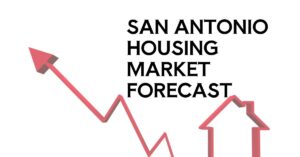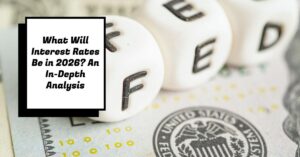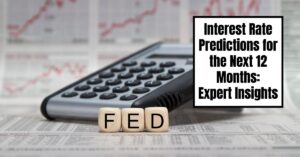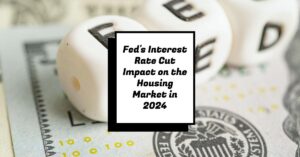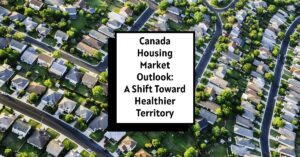Florida's housing market has been a hot topic for years, and with good reason. The state has consistently attracted homebuyers seeking sunny skies and sandy beaches. But what's the current forecast? Is it smooth sailing or are there potential squalls ahead? Let's dive into the data.
Is Florida Headed for a Housing Downturn?
The CoreLogic Market Risk Indicator (MRI) has identified several housing markets across the United States that are at high risk for a decline in home prices over the next year. Among the top five markets mentioned, Florida stands out with multiple entries in the list. This report is critical for both homebuyers and real estate investors looking for potential risks in property value changes.
This means there's a more than 70% chance that home values in these areas could decline. This is a significant concern for potential buyers in these regions and underscores the importance of careful research before investing in any housing market.
Palm Bay-Melbourne-Titusville, FL: A Market to Watch
The Palm Bay-Melbourne-Titusville metro area is recognized as having the highest risk among all U.S. markets. With a probability of over 70% for a home price decline, the area faces significant potential challenges in terms of real estate value. This could impact both current homeowners and those looking to invest in the region.
-
Inventory Imbalance: The influx of new construction in Palm Bay may have outpaced buyer demand. While a healthy market thrives on a balance between supply and demand, an overabundance of available homes can put downward pressure on prices.
-
Affordability Concerns: The national rise in interest rates significantly impacts affordability, especially in markets like Palm Bay, where home values have climbed steadily. With mortgage rates hovering around 7%, some potential buyers might be priced out.
-
Economic Dependence: The economic engine of Palm Bay-Melbourne-Titusville is heavily reliant on aerospace and technology industries. Any fluctuations in these sectors could impact the overall housing market health.
Gainesville, FL and North Port-Sarasota-Bradenton, FL
Other Florida regions to keep a close eye on include Gainesville and North Port-Sarasota-Bradenton. Both markets show similar risk profiles with a very high probability of a price drop. These areas, known for their diverse communities and appeal to both families and retirees, could see major shifts in housing affordability if these projections hold true.
- Price Reassessment: July data might solidify the trend of slight price adjustments observed in June. Median listing prices could show a continued decline compared to the previous year.
- Shifting Inventory: The number of homes for sale might remain elevated compared to the seller-driven market of the past. This increased inventory could benefit buyers seeking negotiation leverage.
Broader Implications for the Florida Housing Market
The fact that three Florida markets rank in the top five for high-risk price declines signals a larger trend that investors and homeowners in the state must pay attention to. Rising interest rates, coupled with the national economic outlook, have been key drivers in these predictions. If home prices in these areas do decline, it could present an opportunity for buyers but a challenge for those who currently own property.
What Homeowners and Investors Should Do
- Monitor market trends: Stay informed about real estate data in your area. CoreLogic's MRI can serve as a reliable source for understanding regional trends.
- Consider timing: If you're planning to sell, it might be worth evaluating the current market conditions to determine if it's better to sell now or wait.
- Be cautious with investments: Those looking to invest in the Florida housing market should consider the potential for price declines and carefully assess the risk factors involved.
It's important to remember that these are potential risks, and the housing market is a complex system. Local market dynamics, unforeseen economic shifts, and even national housing trends can all play a role in how these Florida cities fare.
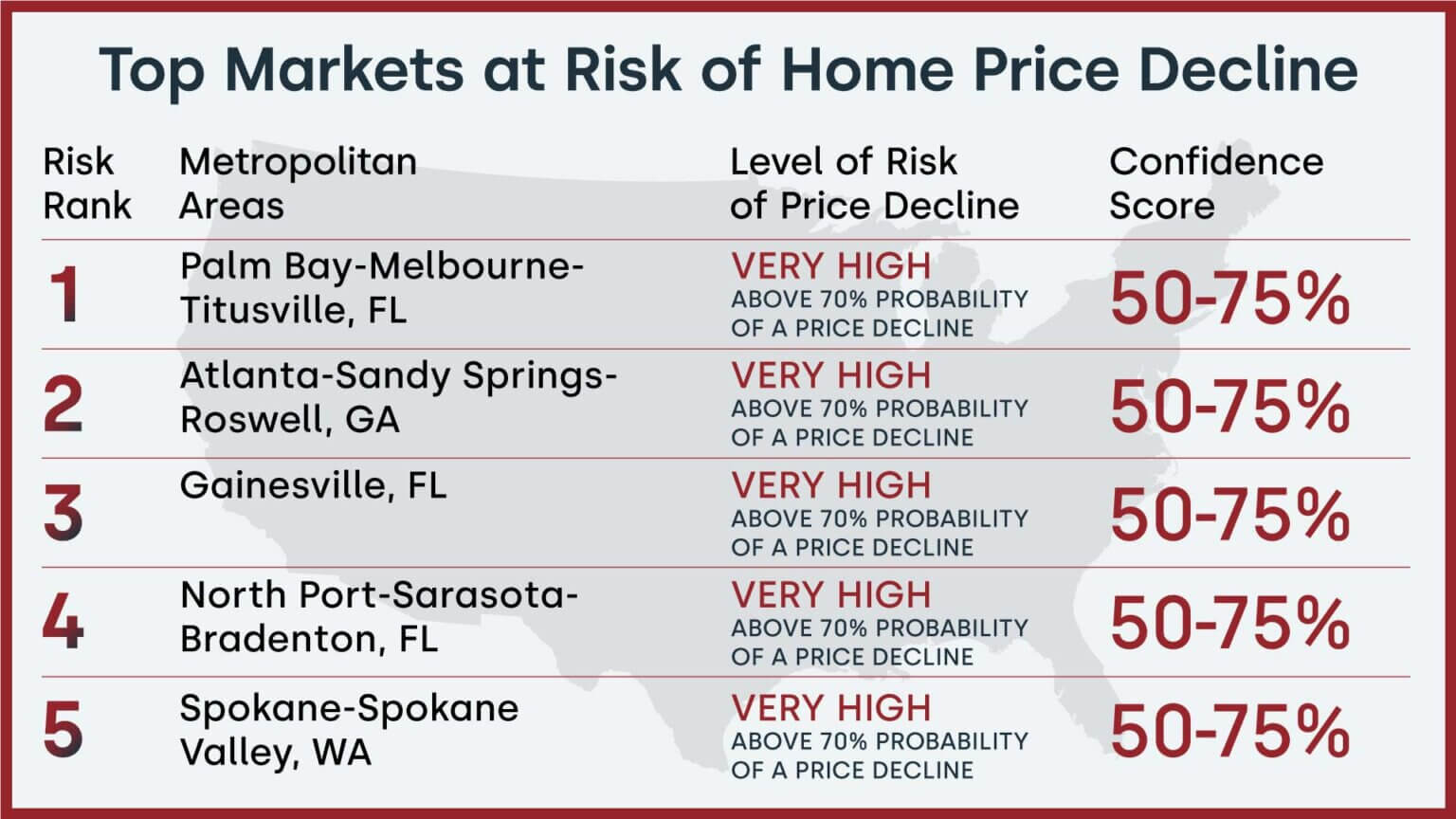
South Florida: A Tale of Two Markets
The situation gets even more interesting when we zoom in on specific regions. South Florida, in particular, seems to be a tale of two markets. A study by Florida Atlantic and International Universities suggests that South Florida's average home might be overvalued by nearly 35% compared to historical trends.
This raises concerns about a potential housing bubble, particularly for condo buildings that may require expensive repairs to meet current safety codes. However, there's another layer to the story. Despite rising interest rates and a slowdown in rent increases, home prices in Miami and other South Florida cities continue to climb.
This seemingly contradictory trend might be explained by several factors. Firstly, South Florida's desirability as a vacation destination and a retirement haven continues to attract a steady stream of wealthy buyers, many of whom are paying in cash and thus not as affected by rising interest rates.
Secondly, inventory levels in South Florida remain low, which helps to prop up prices. Even with a potential slowdown, there simply aren't enough houses on the market to meet buyer demand.
Is Now the Right Time to Buy in Florida?
So, what does this all mean for you? If you're considering buying a home in Florida, it's important to be aware of the potential risks and rewards. While some areas might see price drops, others could continue to experience growth. Here's what you can do:
- Do your research: Look beyond statewide data and delve into specific neighborhoods. Consider factors like job growth, local schools, and flood risks.
- Work with a realtor: A good realtor can provide valuable insights into the local market and help you find the right property at the right price.
- Consider your budget: Factor in not just the purchase price, but also ongoing costs like property taxes, insurance, and potential maintenance.
FAQs:
Q: Are Palm Bay, North Port, and Gainesville guaranteed to experience a housing price correction?
A: No, a price correction is not guaranteed. The housing market is complex and influenced by many factors. CoreLogic simply identified these areas as having a high risk based on current trends.
Q: If there is a price correction, how much will home prices drop?
A: Predicting the exact dip is difficult. Analysts believe a significant drop is unlikely, but there could be a stagnation or a moderate decline in home values.
Q: Should I be worried if I'm a homeowner in Palm Bay, Gainsville, or North Port?
A: Not necessarily. Existing homeowners likely won't see a dramatic decrease in equity. However, staying informed about market trends and consulting with a financial advisor is recommended.
Q: Is this a good time to buy a house in Palm Bay or Deltona?
A: It depends on your individual circumstances and risk tolerance. If you're looking for a long-term investment and can weather some potential short-term fluctuations, it could be an opportunity. However, careful market research is crucial.
Q: Will a price correction in Palm Bay, Gainesville, and North Port affect the entire Florida housing market?
A: The impact might be localized. However, it could create a ripple effect, influencing buyer sentiment across the state. The overall strength of Florida's market would likely play a role in mitigating any widespread downturn.
The Florida housing market may be complex, but with careful planning and professional guidance, you can navigate it successfully. Remember, knowledge is power, so stay informed and make smart decisions!
RELATED POSTS:
- Florida Housing Market Predictions for Next 2 Years
- Florida Housing Market: Will These 2 Metros Crash in 2025?
- When Will the Housing Market Crash in Florida?
- South Florida Housing Market: Will it Crash in 2024?
- South Florida Housing Market: A Crossroads for Homebuyers
- Florida Housing Market Trends: Rent Growth Falls Behind Nation

